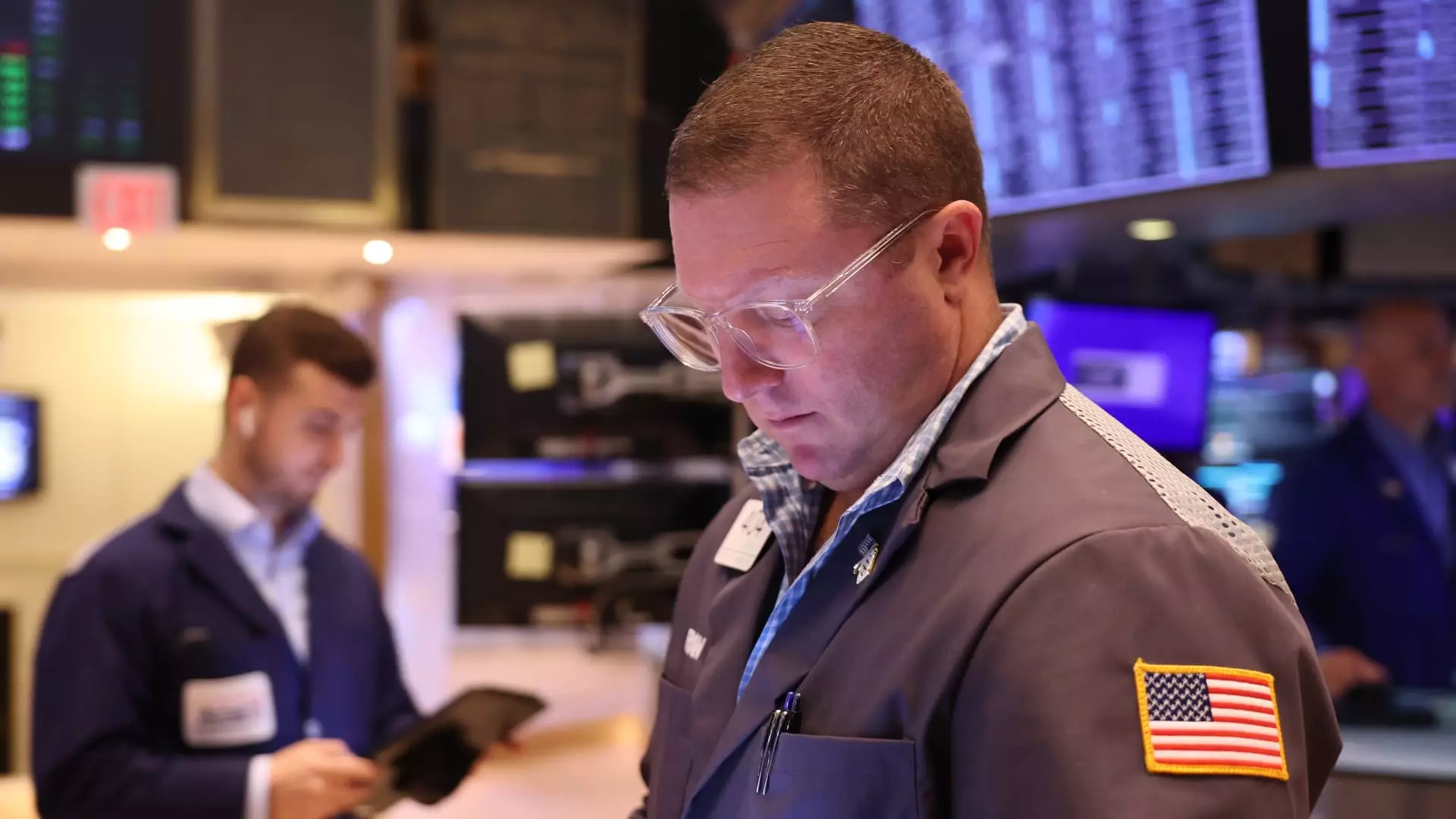The retail sector experienced a mix of positive and negative performances in the stock market. While companies like Target and TJX saw significant boosts in their stock prices, Macy’s faced a nearly 13% drop. This indicates a level of inconsistency in consumer behavior, with some retailers attracting more cautious consumer spending. Companies like Kimco and Simon Property Group managed to rise more than 1% despite the overall market volatility, suggesting some resilience within the sector.
Various market indicators, such as mall real estate investment trusts and outlet mall operators, showed fluctuating performance levels. Brixmor, for example, hit a new high in trading, while Tanger was only 4% away from its 52-week high. These mixed signals indicate a level of uncertainty in the market, with some companies showing strong growth potential while others struggle to maintain their positions.
The oil and energy sector also faced some challenges, with West Texas Intermediate crude showing marginal growth in 2024. The S&P 500 energy sector experienced a modest 5.7% increase, with Exxon Mobil seeing a positive 14% change while Chevron suffered a 2.6% decrease. These contrasting performances within the sector suggest a level of unpredictability in energy market dynamics.
The prospect of new infrastructure spending and the performance of materials sector companies like Vulcan Materials and Martin Marietta indicated potential growth opportunities. However, companies like Mosaic faced significant setbacks, with a 31% decrease from their 2023 high. This highlights the volatile nature of the materials market and the need for careful investment strategies in this sector.
The television and advertising sector saw a mix of positive and negative trends, with companies like Gray Television and Tegna experiencing significant decreases in their stock prices. The impact of political ad spending on these companies remains uncertain, as E.W. Scripps faced a staggering 73% loss in 2024. These challenges underscore the need for adaptive business strategies in a rapidly changing advertising landscape.
E-commerce companies like Peloton Interactive and Alibaba faced varying levels of performance, with Peloton down 15% in the past three months and Alibaba down 3%. The competitive dynamics within the e-commerce sector are evident, with companies jostling for market share and investor confidence. Additionally, new entrants like Cava showed promising growth potential, with a 31.5% increase in stock value in the past three months.
The stock market trends analyzed above reveal a complex and multifaceted landscape characterized by both opportunities and challenges. Investors and market participants need to carefully assess the performance of different sectors and companies to make informed decisions. The critical analysis of these trends provides valuable insights into the dynamic nature of the stock market and the need for a strategic and proactive approach to investment.

